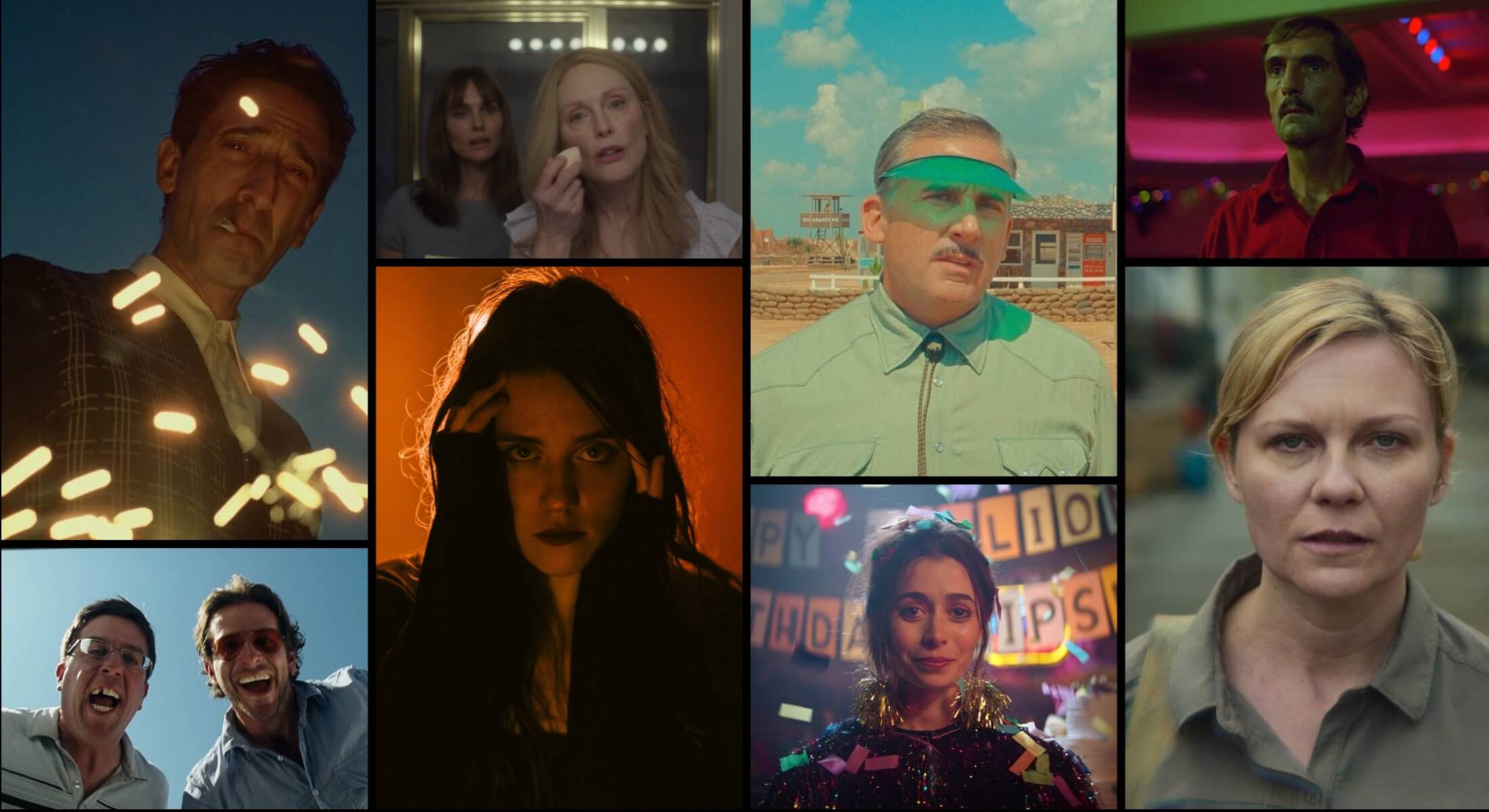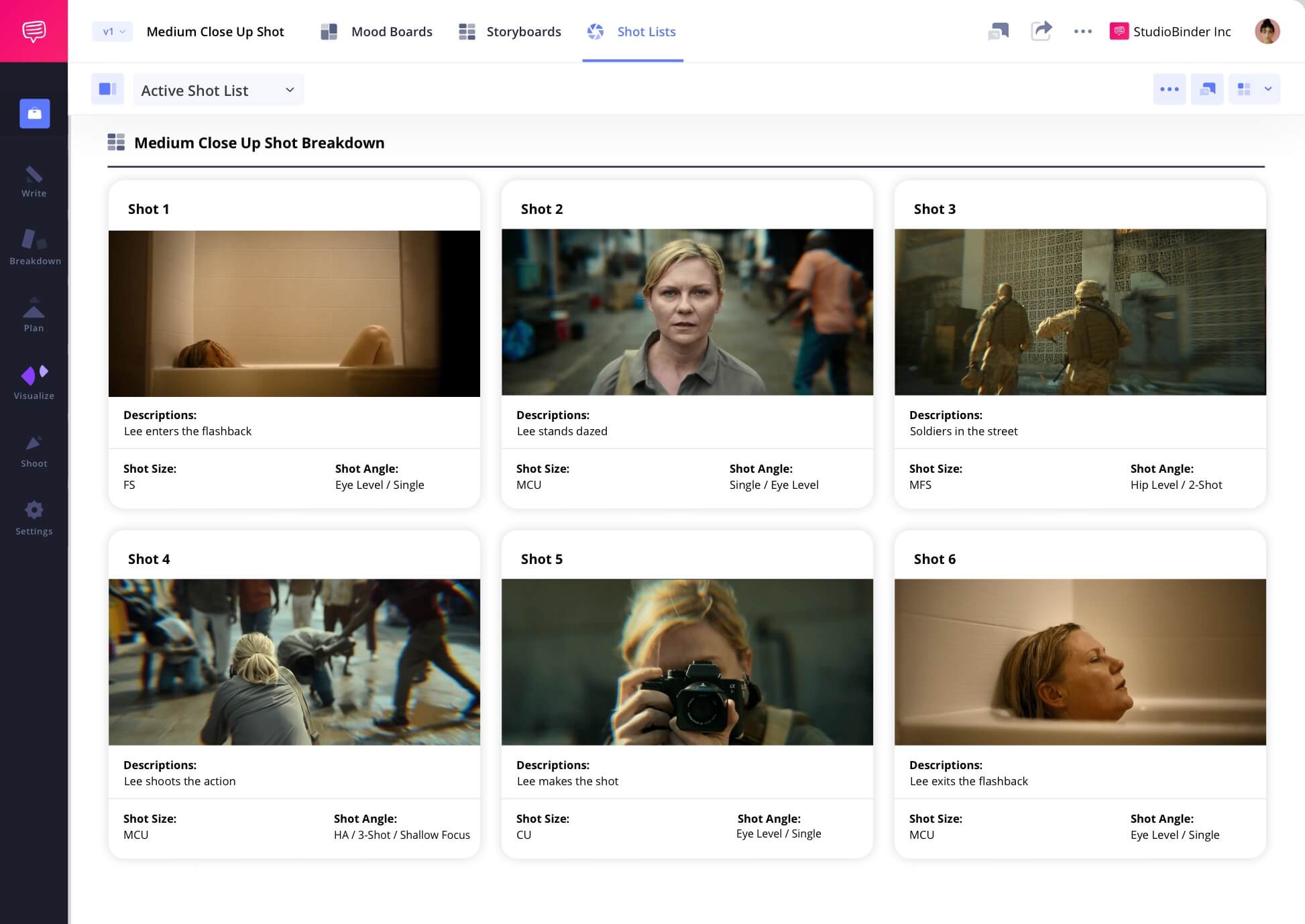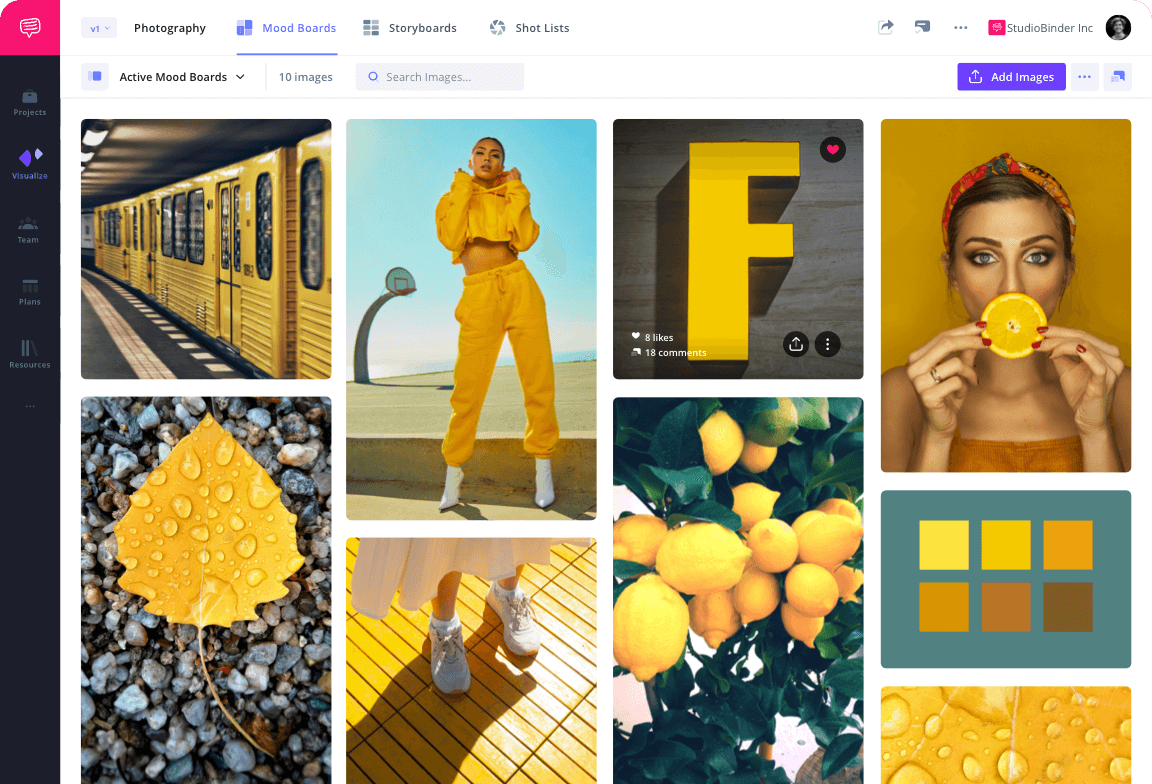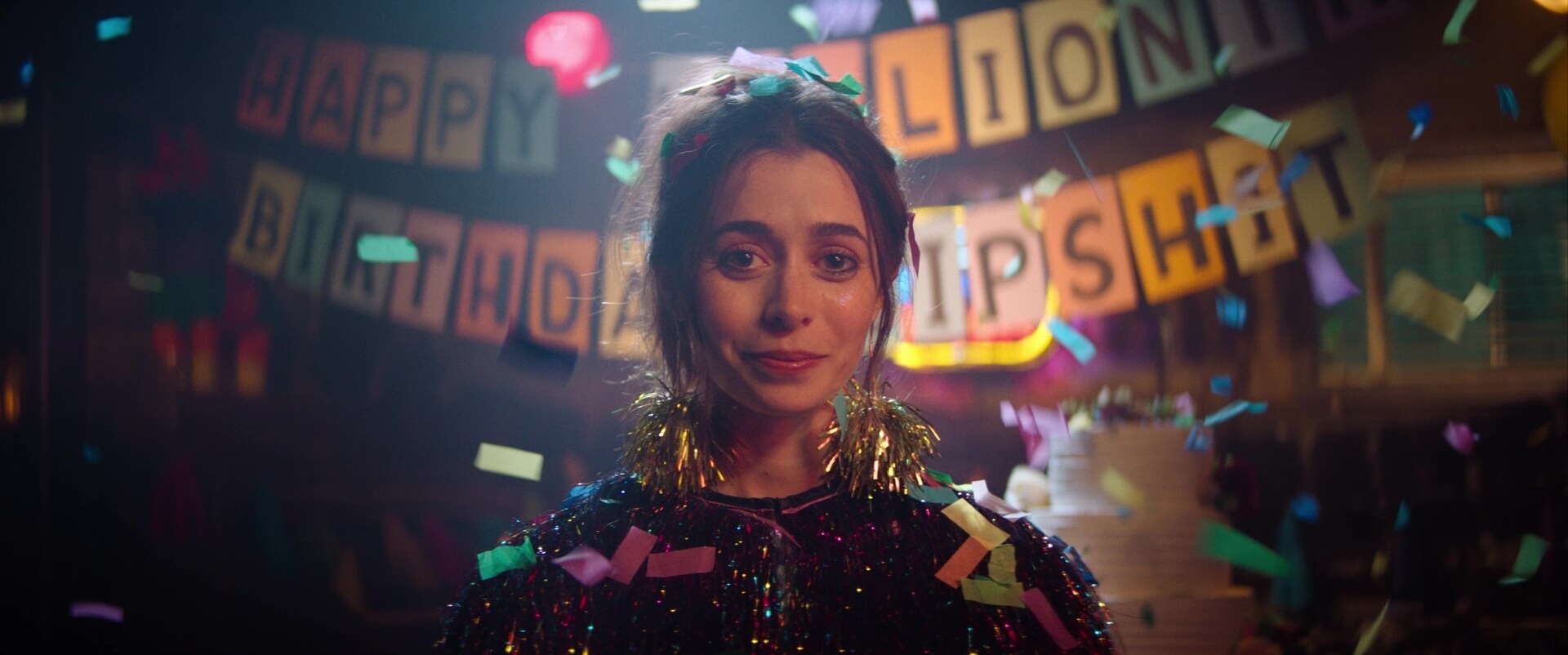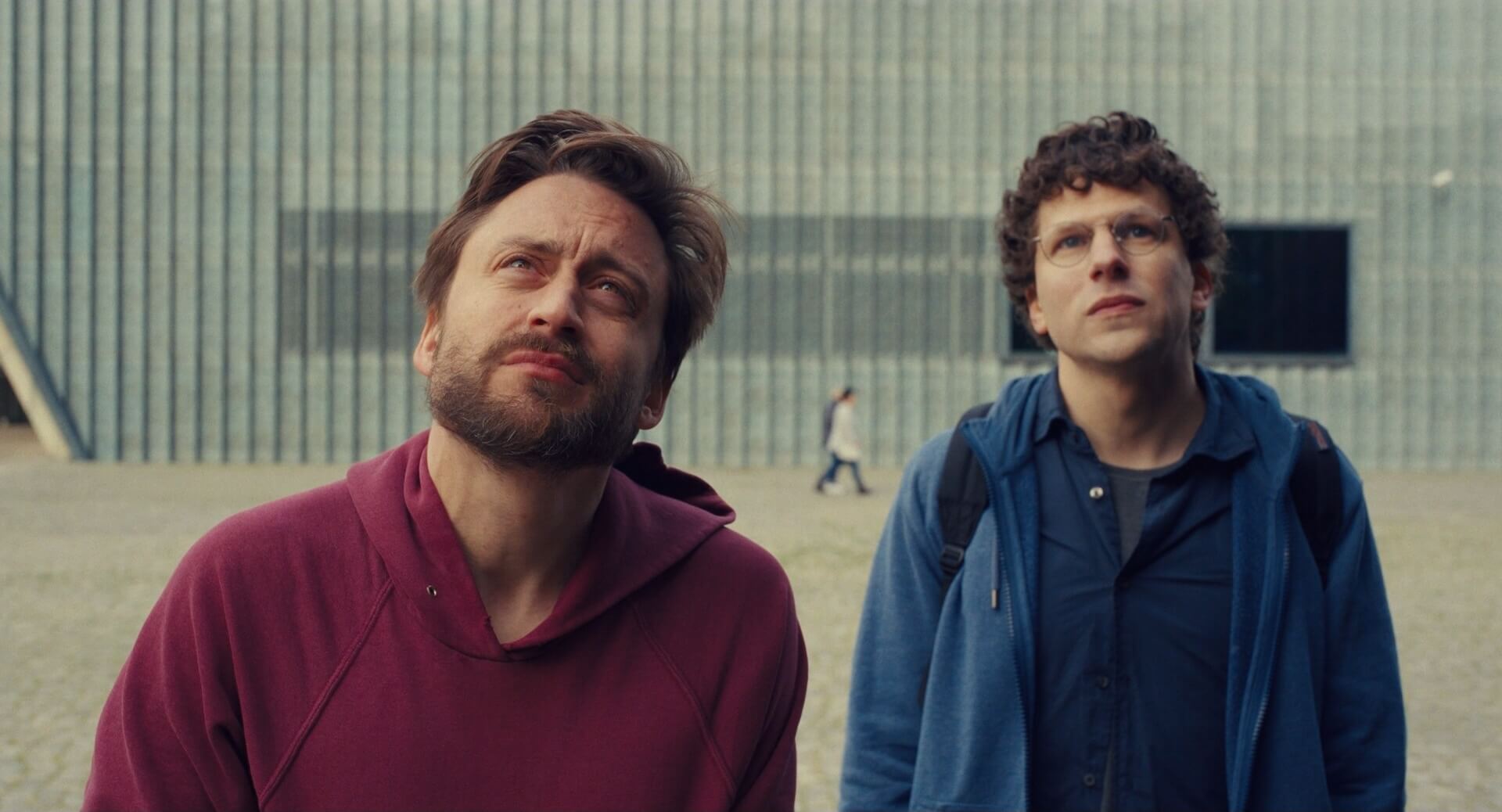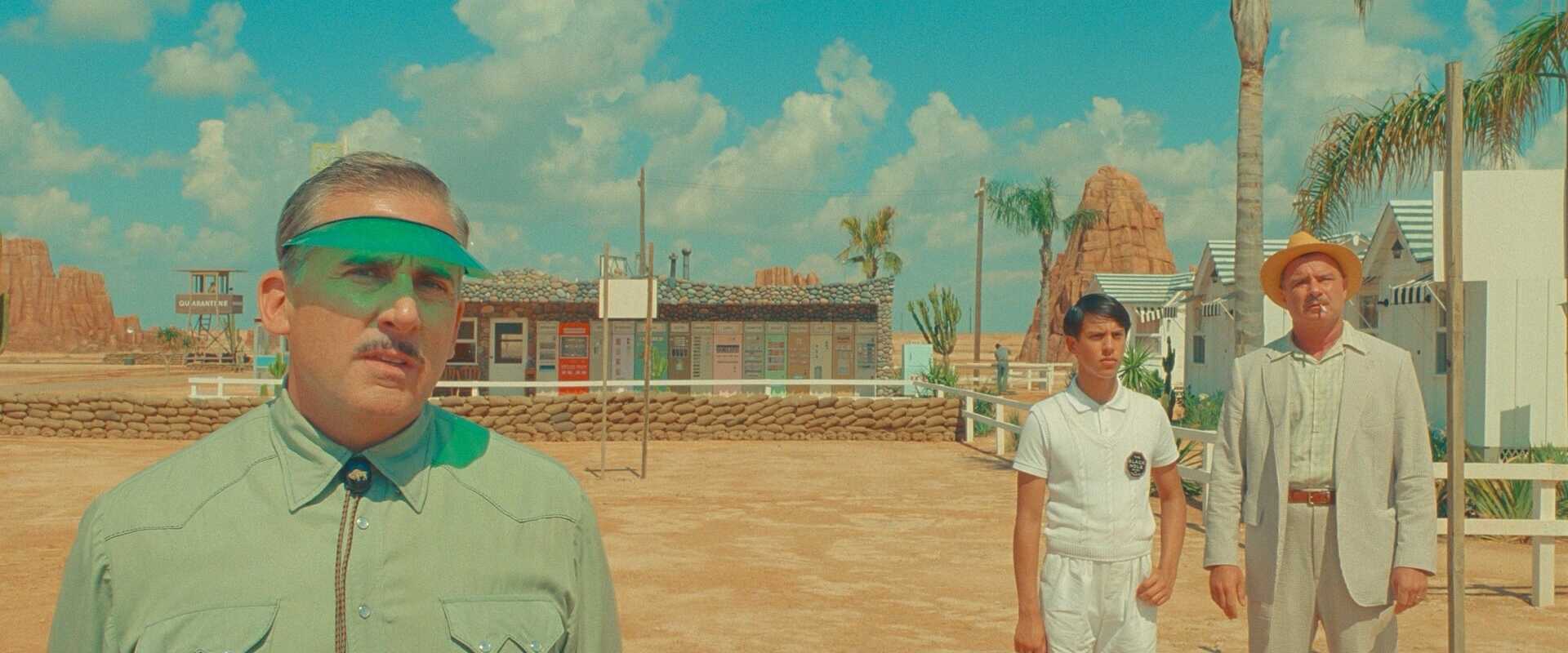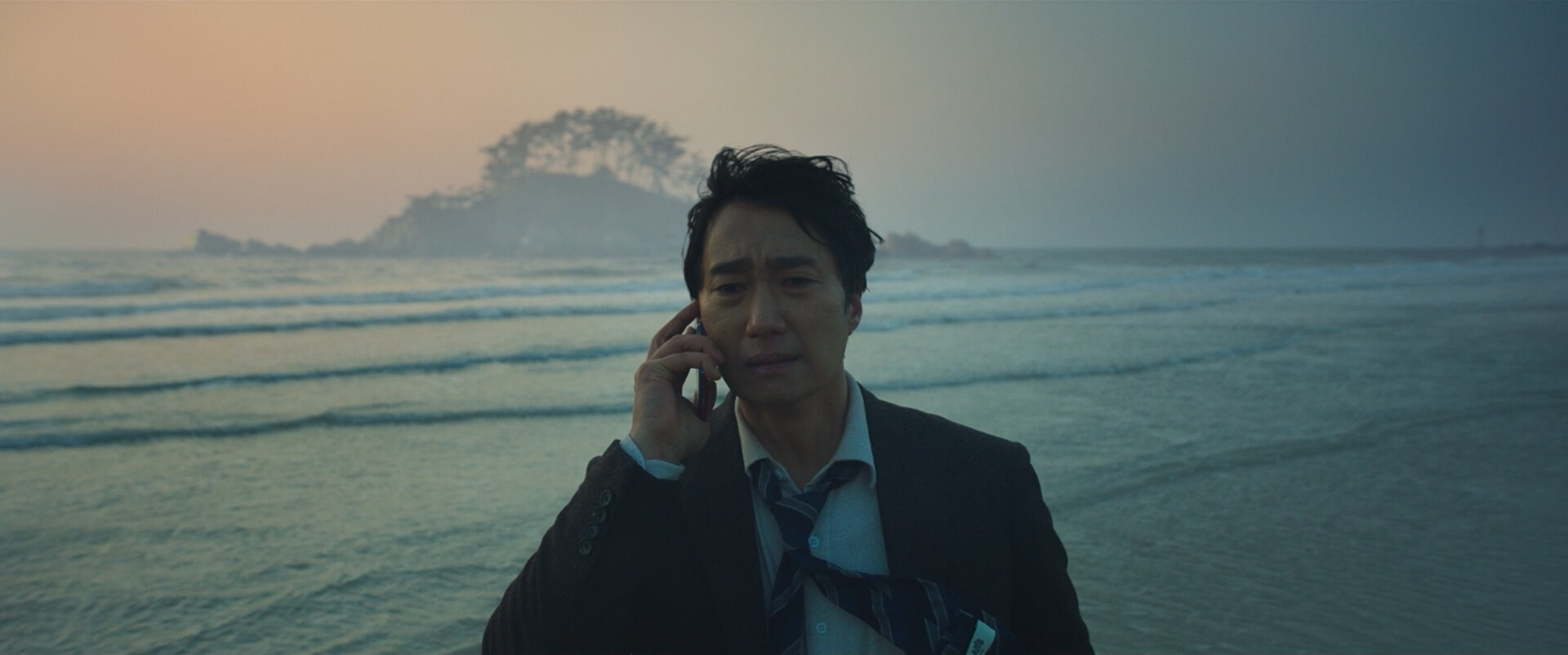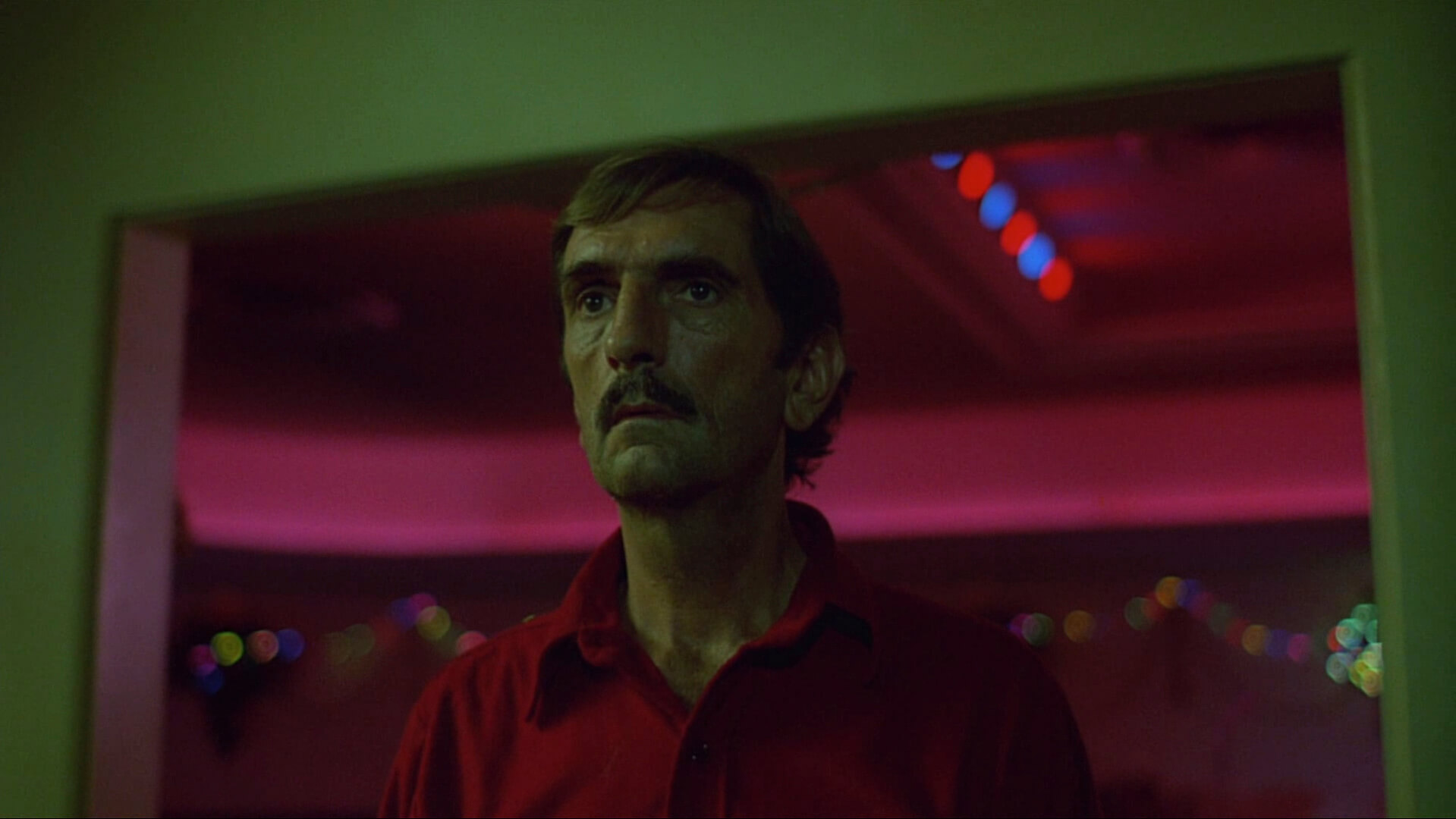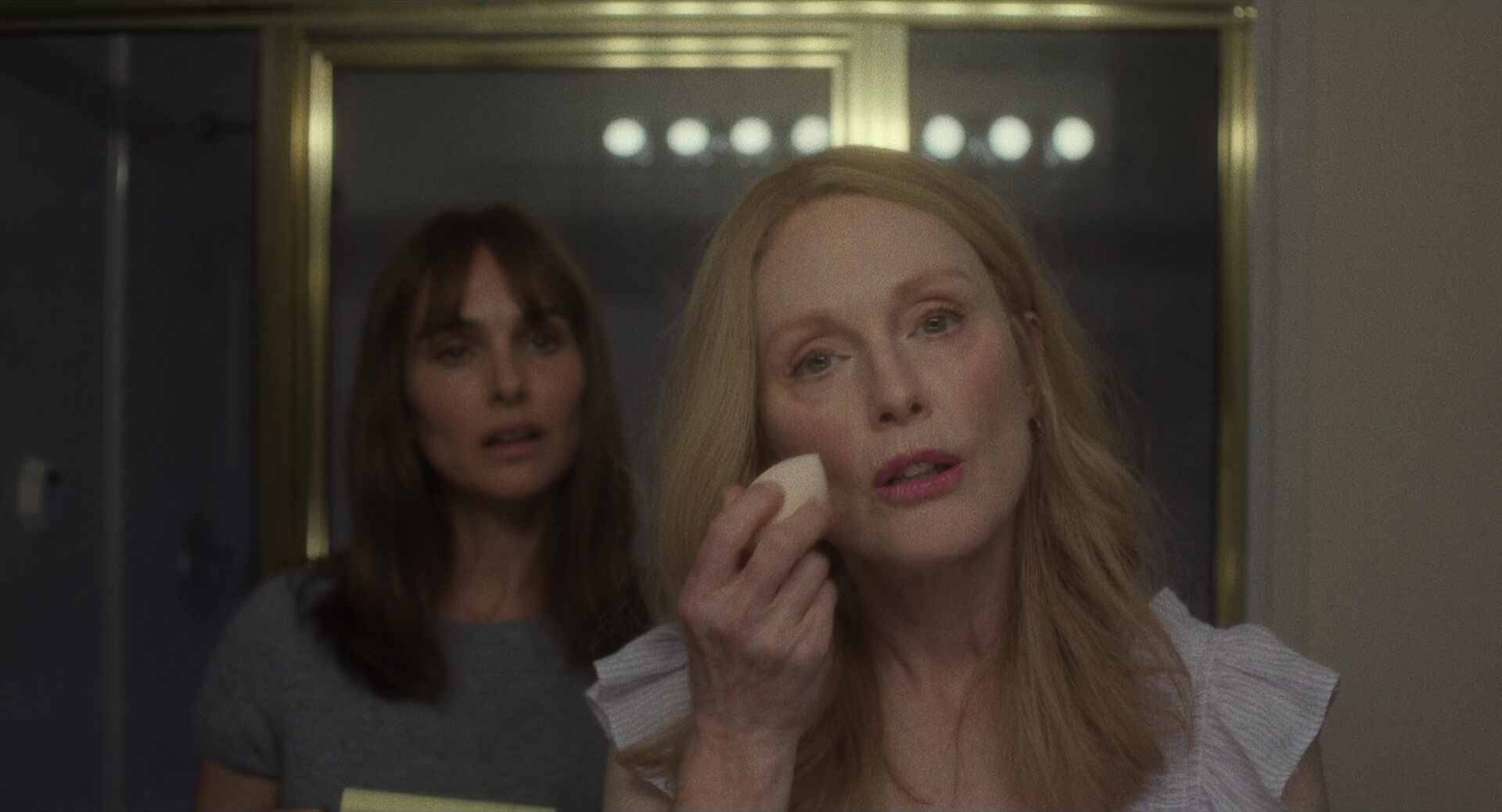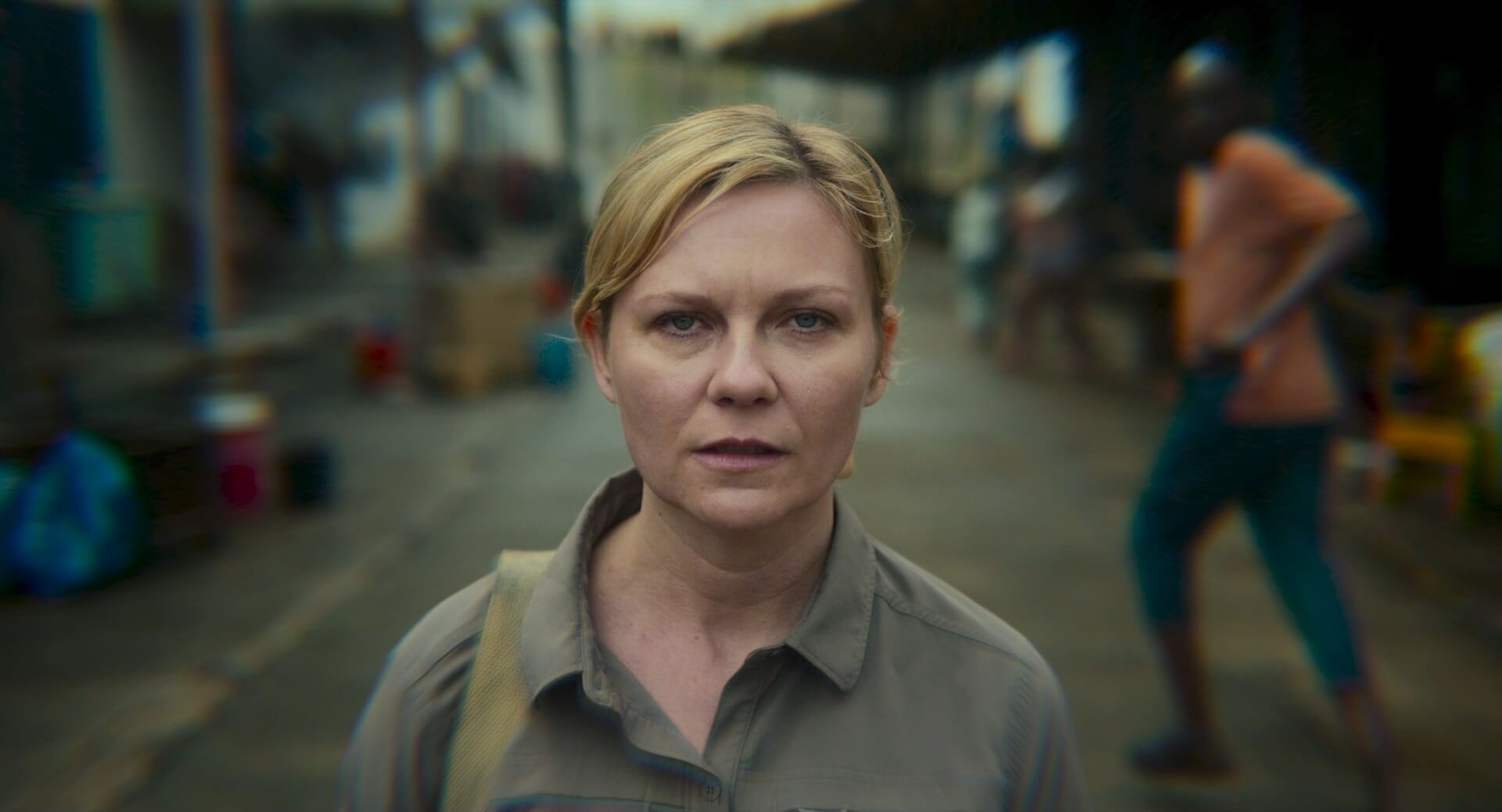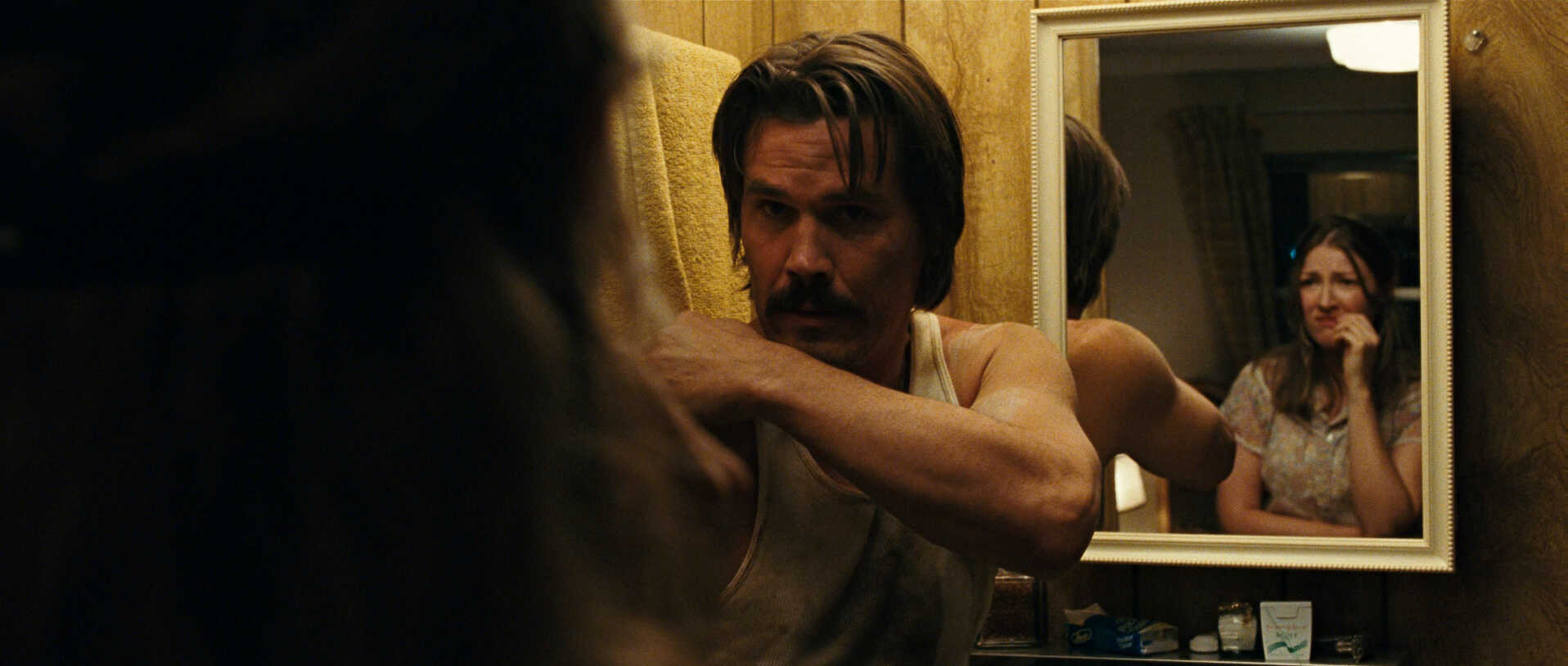Medium Close Up Definition
What is a medium close up shot?
A medium close up shot is when the camera frames the subject from the chest up to above the head. It is tighter than a medium shot but not quite as tight as a close up. This middle ground becomes a happy medium when you want that bit of nuance. The medium close up shot is ideal for moments when you want to focus on the character, and possibly their environment, but you don't want to overstate the moment or amplify the emotion...yet. That's what a close up's for.
For more, read our full breakdown of the medium close up shot, including examples that illustrate the various functions.
Before we dive in the medium close up shot and everything it can do, let's start with some examples to familiarize ourselves with this type of camera shot. Open this visual gallery of medium close up shots to see the variety and their functions firsthand.
Meanings & Purpose
Medium close up shot examples
Compared to more extreme shot sizes like wide shots and close ups, the medium close up shot has a somewhat limited function but it is still a useful shot for particular moments. Below are just a few different applications that filmmakers use when shooting a medium close up.
Places characters in context
Allows for multi-character compositions
Creates multi-layered compositions
Isolates the character
Usages
What does a medium close up convey?
The medium close up shot is one of the most commonly used shot types in film. No matter the genre, the scenario, or the era, the MCU is everywhere. That being said, the variety of usages is somewhat limited — it works in less ways but it works very well in those capacities. Let's look at some of the most common ways to use a medium close up shot in film.
Character in context
When you want to maintain engagement with a character but also want to include the context around them, the medium close up shot works wonders.
Create relationships
The MCU is an ideal shot size to have more than one character in the shot while staying tight enough on them to emphasize their connection.
Suggest distance or isolation
Though not as extreme as a wide shot, the medium close up shot can include enough negative space around the character to hint at their isolation.
Room for behavior or action
The medium close up is often wide enough to allow for more physical action or behavior that would be limited in a tighter shot size like a close up.
Qualities
Close up vs medium close up
The difference between a close up shot and a medium close up shot is narrow. The deciding factor is where the bottom of the frame lands on the character's body. A close up shot would capture the character from the neck or shoulders up. If we can see the top of their chest, this would be considered more of a medium close up.
Medium shot vs medium close up
The difference between a medium shot vs medium close up is a little more obvious. Whereas a medium close up ends at the character's chest, the medium shot ends at their waist. The MS is more neutral and objective, while a MCU adds a bit more subjective emphasis to the character.
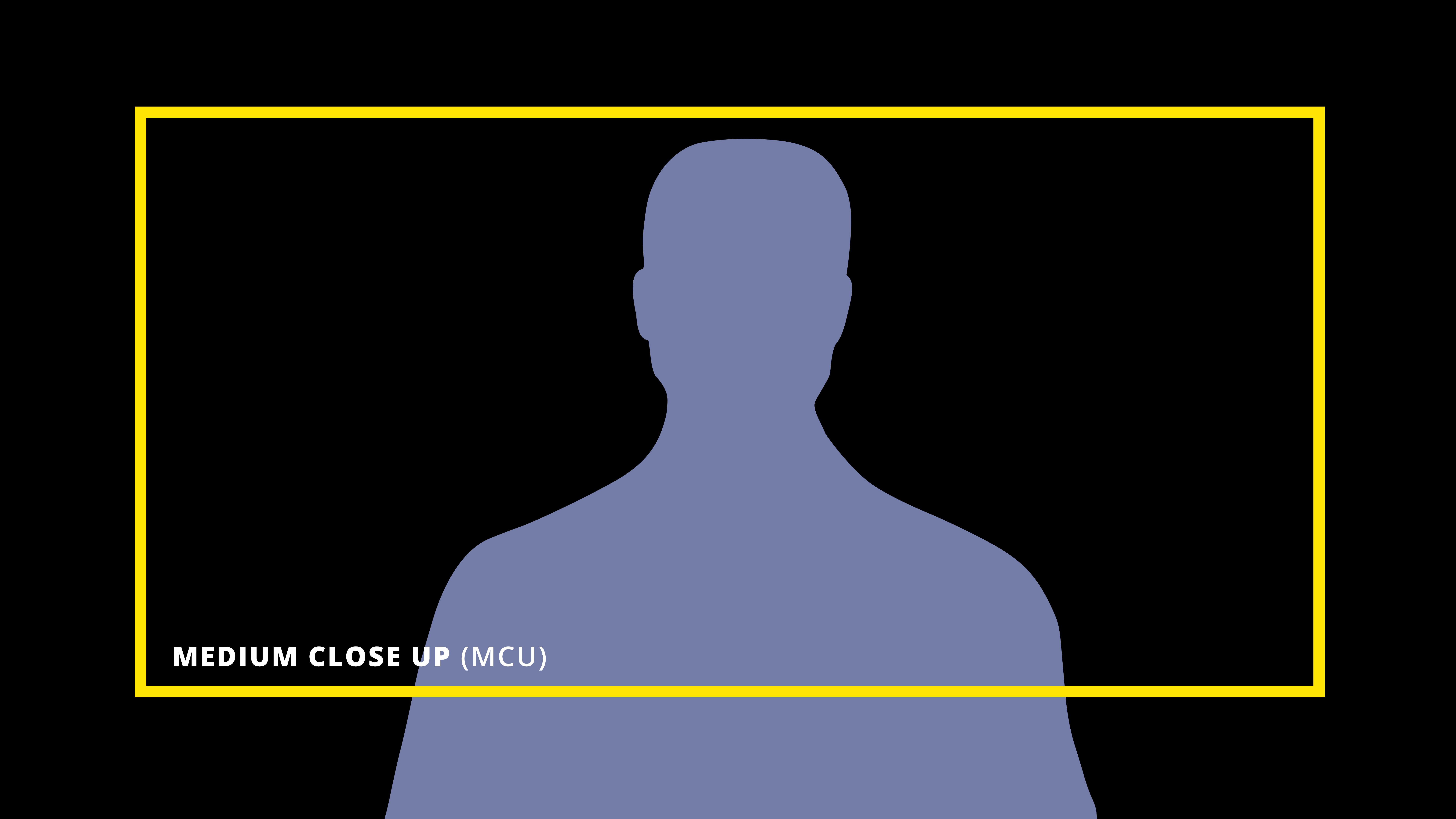
Case Study
Shot listing a medium close up
To get a more filmmaker's understanding of how to use a medium close up shot, let's look at a specific medium close up example. In Alex Garland's Civil War, Lee's flashback uses many medium close up shots.
Click the shot list below, to see the full scene broken down, and ask yourself what each medium close up shot communicates to a viewer about Lee's emotional state.
There is obviously more than one way to use a medium close up shot.
In fact, there are many.
Let's dive into the creative applications of a MCU when paired with other directing and cinematography choices.
Unique Pairings
What does a medium close up shot do when paired with another camera technique?
How to combine the medium close up
As you know, there are many camera techniques, each with their own unique properties and effects. In isolation, they work just fine. But in combination, these camera techniques can take on more nuanced and effective qualities. Let's see what happens when you combine the medium close up shot with the following camera techniques.
- Deep Focus: Deep focus allows for that environment around the character to create a visual dynamic between them.
- Shallow Focus: Keeping the background out of focus allows for attention to be wholly concentrated on the subject.
- Dutch Angle: With the addition of a Dutch angle, a medium close up shot can feel more destabilized, like the world is imbalanced.
- Zoom: Zooming in to or out from a MCU either draws our focus to them or away from them gradually.
- Tracking: Here you add to the connection of the medium close up by locking the moving camera onto the subject.
- Wide Angle: The addition of a wide angle helps to capture the environment surrounding the character.
- Low Angle: Positioning the camera lower the subject can add power or importance to the character and accent the space above them.
- Snorricam: Most Snorricam shots adopt the medium close up shot size as it locks into their experience even as they move around.
- Arc Shot: Arcing around the character(s) can heighten their panic or give them that "superhero" treatment.
Frequently asked questions about the medium close up
A medium close up shot frames the subject from the top of their head down to their chest.
A medium close up shot is used to split the difference between a close up and a medium shot. When a medium shot is perhaps too "neutral" and a close up is too "strong," the MCU is an effective option.
A medium close up is notated in a shot list or storyboard as MCU.
